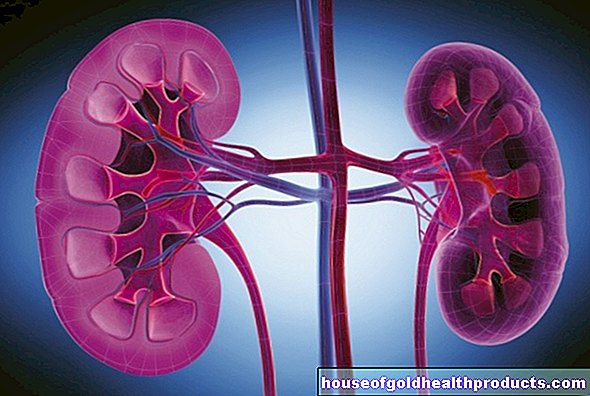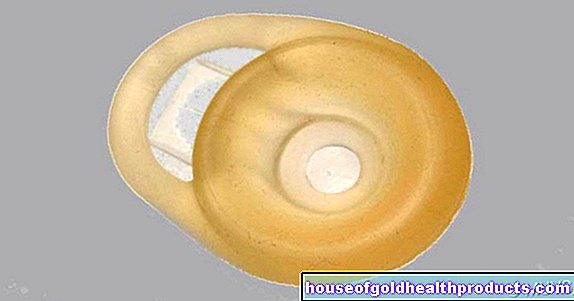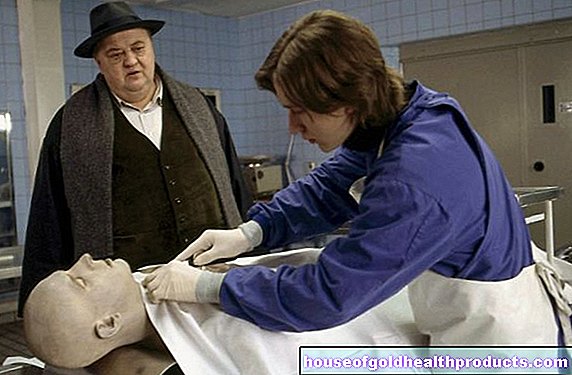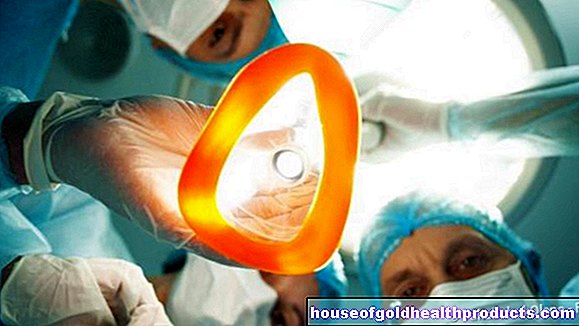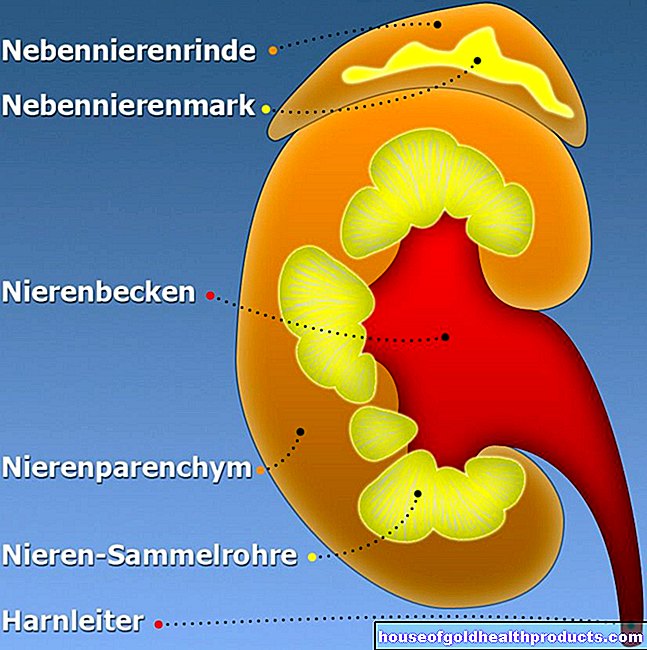Spiroergometry
Updated on All content is checked by medical journalists.The spiroergometry (also ergospirometry) is a procedure for checking the resilience of the lungs and the cardiovascular system. In addition to the EKG and the respiratory activity, the doctor also measures the concentration of oxygen and carbon dioxide in the breathing air (breathing gases) of the patient during physical exertion. Read here how spiroergometry works, when it is used and what risks it entails.

When is the spiroergometry performed?
Spiroergometry is used to diagnose and monitor the course or therapy of diseases of the cardiovascular system and the lungs (e.g. cardiac insufficiency = heart failure). Often, especially at the beginning of such a disease, the patient only has symptoms during physical exertion, for example when climbing stairs.
With the help of spiroergometry, the doctor can determine the patient's individual stress limit and thus the severity of the disease. He can also use the results to differentiate whether the cause of the impaired performance lies in the heart or in the lungs.
In addition, spiroergometry is used in sports medicine to assess the performance and training success of healthy athletes.
When should the spiroergometry not be performed?
In the case of some diseases, the examination is too risky for the patient and must not be carried out. Such so-called contraindications for spiroergometry include:
- recent heart attack
- untreated or new cardiac arrhythmias
- Inflammation of the lining of the heart (endocarditis), inflammation of the heart muscle (myocarditis) or inflammation of the pericardium (pericarditis)
- Closure of a lung vessel by a blood clot that has washed ashore (pulmonary embolism)
- inadequately treated asthma
How does the spiroergometry work?
To measure respiratory function and breathing gases, the patient must wear a tightly fitting mask over his mouth and nose. It is connected to a flow meter and a gas analysis device so that breathing activity as well as oxygen consumption and carbon dioxide production can be measured at the same time.
In addition, blood pressure and heart activity are recorded (via an EKG). If necessary, the doctor will also take a few drops of blood from the patient's earlobe during the test in order to measure the oxygen and carbon dioxide concentration as well as the pH value of the blood (blood gas analysis) or to determine the lactate value. The latter is an important indicator of muscle cell metabolism.
Now the patient has to exercise physically on a stationary bike (ergometer) or treadmill. The load is increased in stages (step test) or continuously (ramp test) until the planned load intensity is reached or medical measured values indicate the individual load limit.
The spiroergometry takes between ten and twenty minutes. However, if the patient experiences symptoms such as shortness of breath, chest pain or dizziness, the doctor will stop the examination prematurely.
Spiroergometry: evaluation
From the spiroergometry, the computer calculates various respiratory parameters, for example the respiratory rate, the depth of breath (and from this calculates the minute volume), the oxygen uptake and the amount of exhaled carbon dioxide. The computer uses these values to create graphics, which the doctor uses to check whether and to what extent a patient's performance is restricted. Often, the measurement results also allow conclusions to be drawn about the cause of a reduction in performance.
What are the risks of spiroergometry?
Due to the constant monitoring of the patient's circulatory functions, spiroergometry is a very safe procedure. At the first signs of severe cardiac arrhythmias or other complications, the doctor will immediately stop the spiroergometry and can initiate the necessary treatment.
If you notice symptoms during the spiroergometry that go beyond the normal physical reaction to exertion, you should inform the doctor immediately!
Tags: pregnancy foot care nourishment
